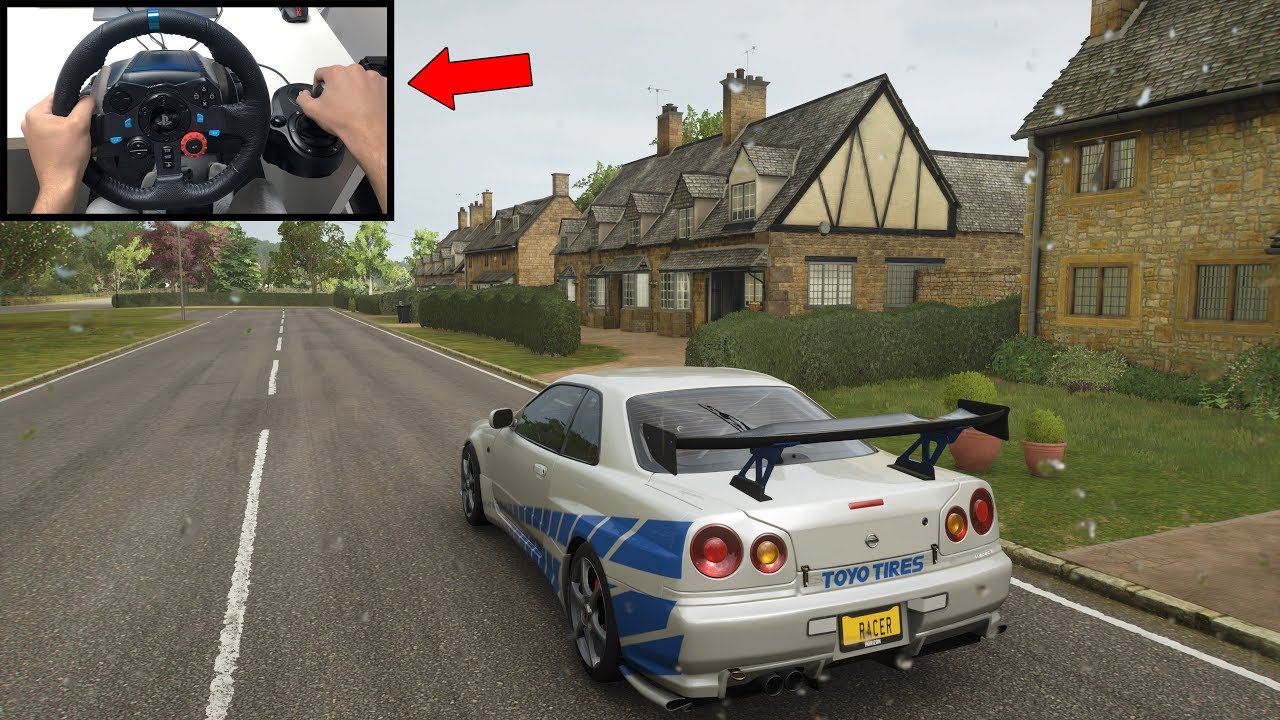
The GT-R reappeared in 1999, with a revised chassis and other updates. The R34 turbos received a ball bearing core. The R34 N1 turbos had a metal exhaust wheel, and ball bearing center section. The turbo outlet pipes were changed from cast to formed metal outlets. The intercooler outlet side and rear turbo dump pipe had temperature probes fitted in the V-spec models. The biggest feature and most significant feature to the R34 GT-R that wasn't seen on any other model skyline was the display unit at the top of the dashboard called the MFD (Multi Function Display). This display unit was very significant for the car at its time. This display showed many of the car's engine stats including boost pressure, oil temp, water temp and more. As a 1999 car this kind of technology was very rare and advanced at the time. A Nismo version of the MFD was capable of showing the G-force that the car was under when driving and there was also a lap timer that could be started by a button that was located near the gear lever. The Nismo MFD also had a DB9 serial connector lead hidden underneath the left passenger side skirt that could be used to transfer driving data from the car to a laptop. This could only be done with a Japanese version of Windows and Japanese software, which today is very hard to come by. Other features such as the battery being located under the back seat of the car made more room available in the engine bay.
In May 1998, the HR34, ER34, ENR34, and BNR34 marked the introduction of the more fuel-efficient and environmentally-friendly RB25DET NEO engine. The RB20E engine was discontinued in the R34 base model (GT), and the RB20DE, after last being used in the R32 Skyline, was reintroduced in the updated NEO guise. The R34 GT, powered by the RB20DE NEO and coupled with a five-speed gearbox, became the most fuel-efficient straight-six Skyline to date (of any shape).
Like
Share
Subscribe









